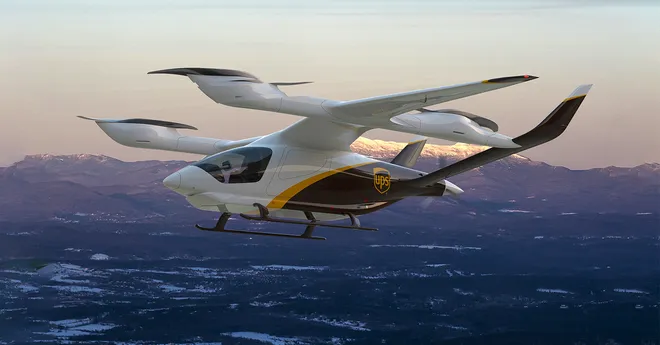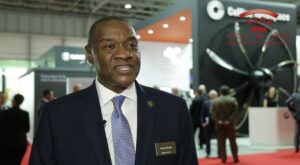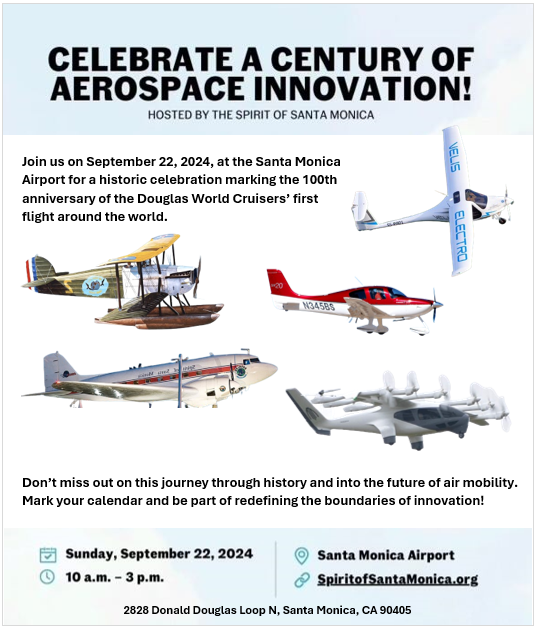
By 2030, a mystery company wants to open a major manufacturing facility employing 1,500 workers at an undisclosed Florida location and start building about 150 hybrid electric planes per year, Space Florida agenda records show.
This unnamed company — which bears the secretive code name Project Louis — seeks conduit financing to build and equip the future 500,000-square-foot electric-plane factory, which would have airport runway access.
“Project Louis is in early-stage development of a hybrid electric two seat plane for training and are planning for commercial use additional models,” a Space Florida agenda memo said.
The Space Florida board of directors authorized negotiations with Project Louis during its Jan. 25 meeting in Tallahassee. Scant details were mentioned during discussion, and further information has not been released. Space Florida President and CEO Rob Long declined to divulge details afterward, citing confidentiality agreements.
Electric aircraft — particularly models designed for vertical takeoff and landing (eVTOL) — are projected to become a booming multi-billion-dollar industry in the coming years, said Chris Fernando, an adjunct faculty member in the Florida Institute of Technology College of Aeronautics.
Example: Fernando cited The Boeing Co.’s recent acquisition of Wisk, a San Francisco-area company that is developing an all-electric, autonomous, four-seat eVTOL air taxi. Boeing had invested $450 million in Wisk in 2022 as a strategic partner.
“You’re seeing some of these big manufacturers — not just airline manufacturers and aircraft manufacturers, but also car manufacturers — join the party,” Fernando said.
However, Federal Aviation Administration and Florida Department of Transportation certification and regulation of these next-generation electric planes remains in the formative stages regarding safety, operations, infrastructure and other factors.
“What’s interesting is, it’s a similar conversation that we’re still having in the space arena for licensing and all the other regulatory pieces that are there right now,” Long said of eVTOL during a FLORIDA TODAY interview two weeks ago at SpaceCom in Orlando.
Long said numerous eVTOL companies are interested in an “Uber-in-the-sky” business concept that would shuttle tourists and travelers to and from airports in Tampa, Orlando and Florida’s East Coast.
In another secretive undertaking last month, the Space Florida board authorized negotiations with Project Plug, an undisclosed company that seeks to invest about $77 million in facilities and equipment to develop electric propulsion systems for the aerospace sector.
Last week, Lilium — a German company that says it’s developing the first all-electric vertical take-off and landing jet — announced Orlando International Airport will become its Central Florida vertiport network hub.
Lilium also announced support for Florida House Bill 981, which would designate the Greater Orlando Aviation Authority as the Sunshine State’s “advanced air mobility” test site. The bill would also specify an FDOT approval process to establish eVTOL vertiports.
According to a House staff analysis, stakeholders that are ready for early operations in Florida include, but are not limited to, Archer, Beta, Blade, Ferrovial Vertiports, Joby, Lilium, Skyports Infrastructure, Supernal, Vertical, Volocopter, Wisk and Mobility Reimagined.
“The entities such as Ferrovial and Skyports build, finance, and operate infrastructure specifically foreVTOL, such as vertiports. Other entities, such as Blade, create platforms to allow passengers ofAAMs to book rides,” the bill analysis said.
“Finally, … other major entities have developed their own unique AAM aircrafts. Benefits of these AAM aircrafts include, zero operating emissions and significantly lower noise profile than a traditional aircraft,” the analysis said.
Why Florida? Fernando called the Sunshine State “very aviation-friendly,” citing its flat topography, large number of flight academies and airports, and climate.
“The current (battery) technology cannot withstand extreme temperatures — very high temperatures in Arizona and very cold temperatures in places like Alaska or even North Carolina, where winters are pretty cold,” Fernando said.
“Some parts of Texas can really put a strain on the battery, which means then your durations shrink. Your ability to stay in the sky shrinks. And so, your business model starts falling apart if you cannot operate during certain windows of the day,” he said.
Fernando said Florida’s geography also includes many options for creating regional vertiports with close access to large metropolitan areas like Orlando, Tampa and Miami.
“Ultimately, the FAA will figure out the airspace. The aircraft will be there. The weather is the weather — you’re not going to be able to affect that,” Fernando said.
“And so it will come down to, ‘Where are we going to build these vertiports? And who’s going to fund it? And what are the policies and regulations to manage it so that it doesn’t become a burden to the community?’ ” he asked.
Rick Neale is a Space Reporter at FLORIDA TODAY (for more of his stories, click here.) Contact Neale at 321-242-3638 or rneale@floridatoday.com. Twitter/X: @RickNeale1












